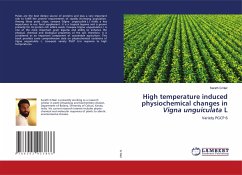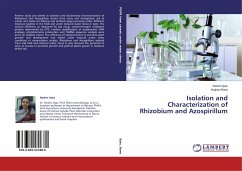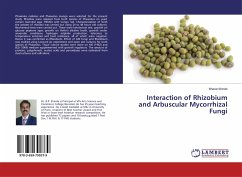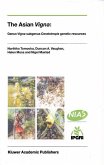For the first time, the occurrence of 21 different rhizobacterial strains from root nodules of V. trilobata cultivars was reported in this study. There were no reports of these strains from V. trilobata so far. All the twenty one rhizobacterial strains exhibited the ability to produce EPS and IAA. While only 6 strains exhibited the phosphate solubilization capacity, 7 strains showed siderophore production, 8 strains showed HCN production and only 4 strains showed chitinase production. Among the 21 strains two strains namely, Agrobacterium tumifaciens MRR 102 and Rhizobium sp. MRR 106 exhibited all these 5 plant growth promoting characteristics. By the 16S rRNA sequencing studies 21 strains were identified as species belonging to 7 different genera viz., Rhizobium, Agrobacterium, Ensifer, Mycobacterium, Bacillus, Paenibacillus and Enterobacter.
Bitte wählen Sie Ihr Anliegen aus.
Rechnungen
Retourenschein anfordern
Bestellstatus
Storno








